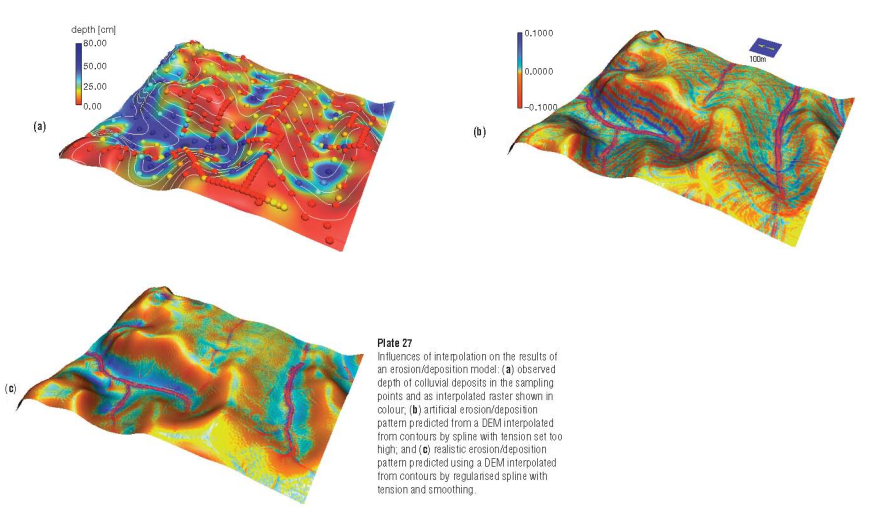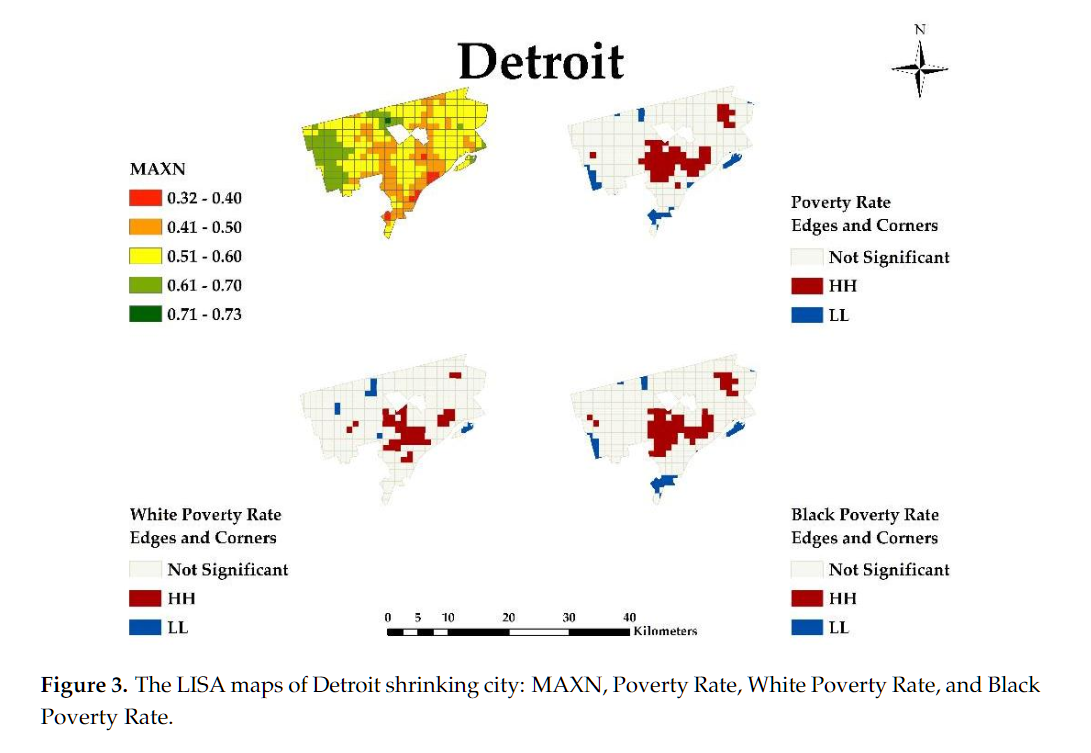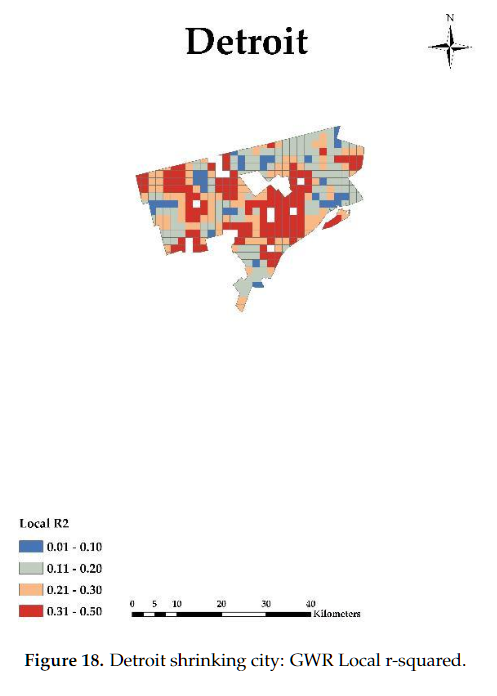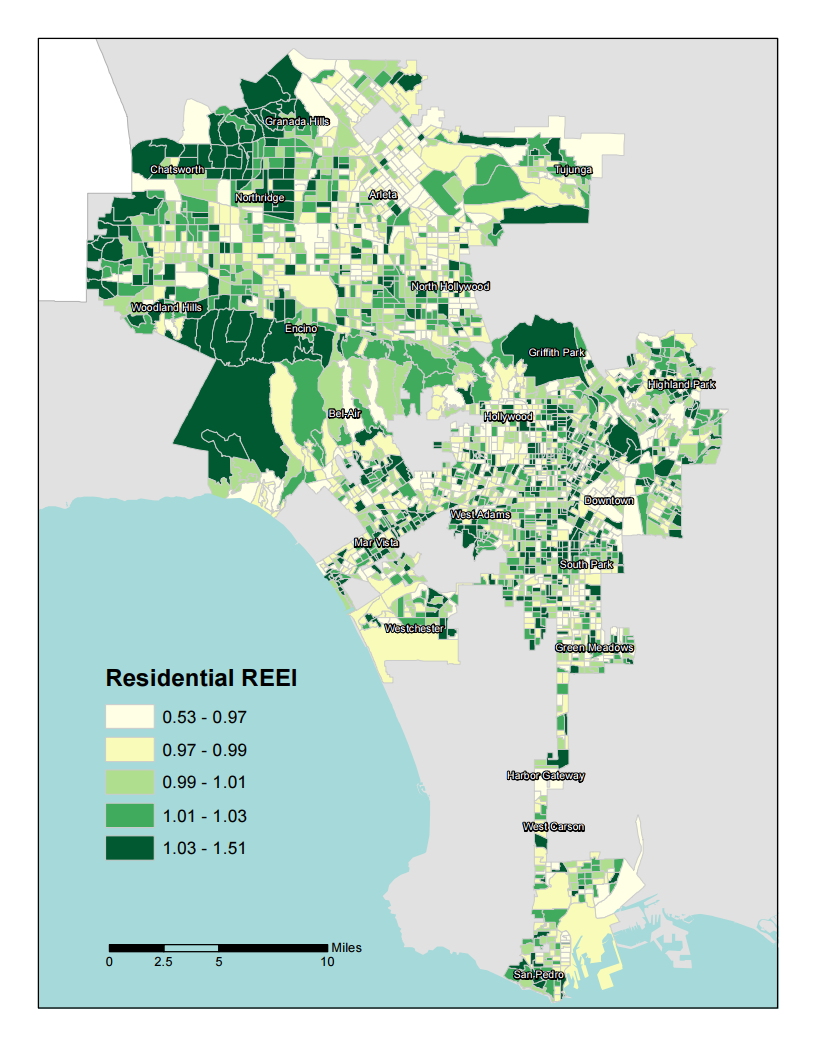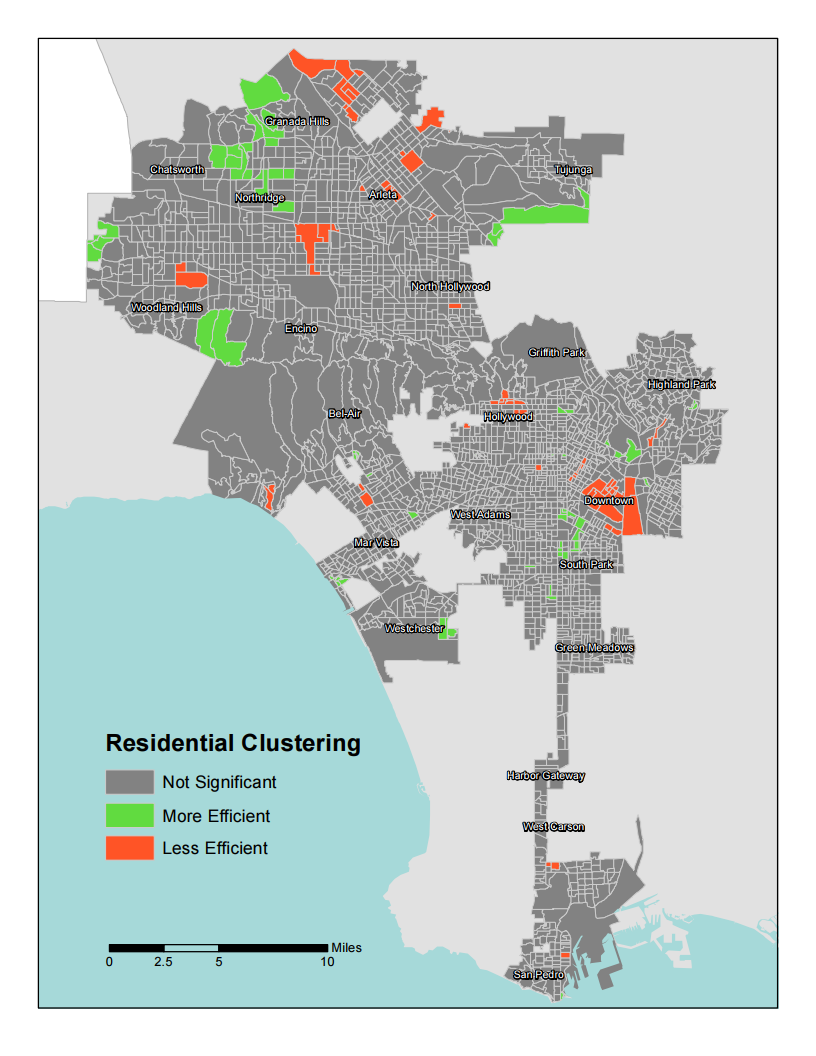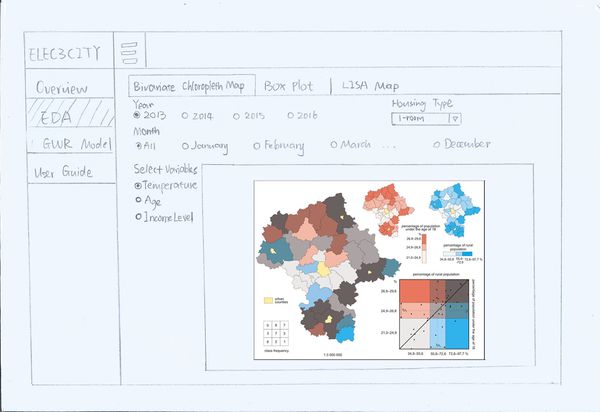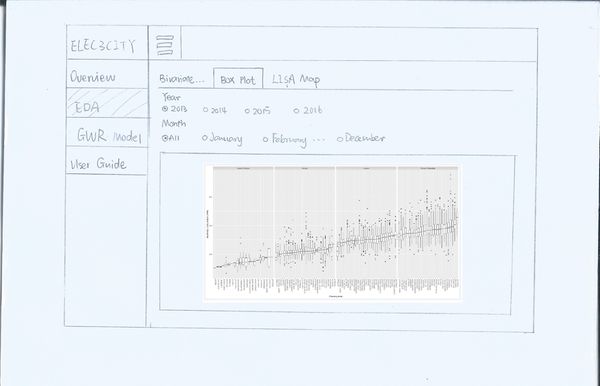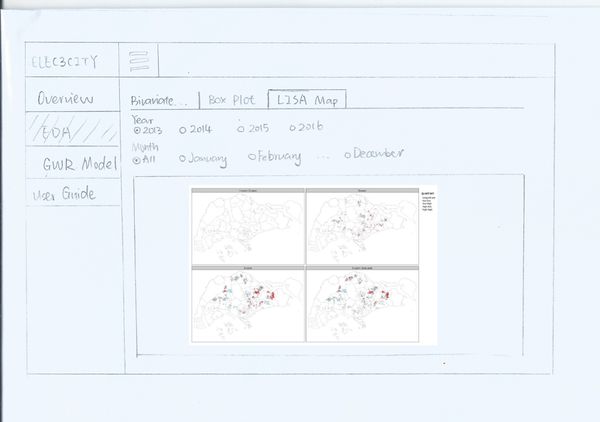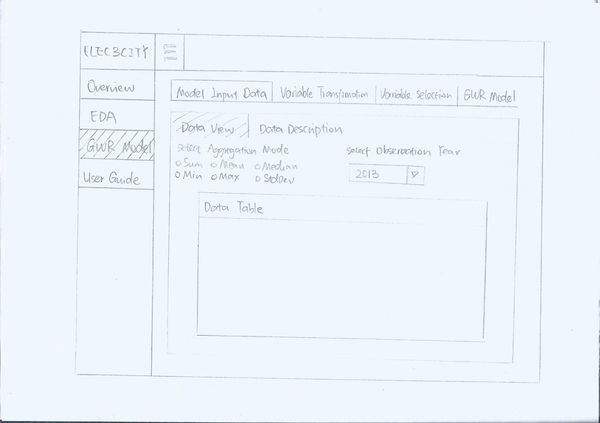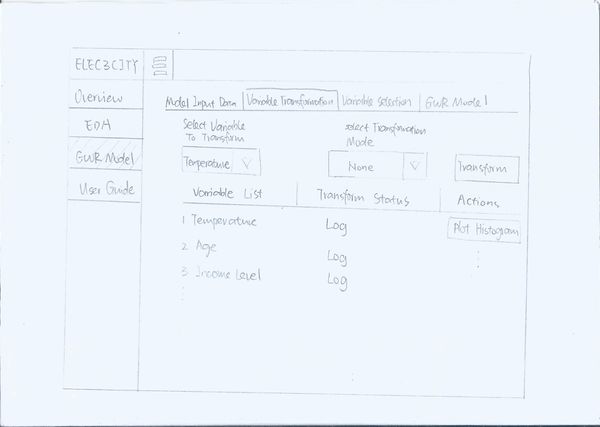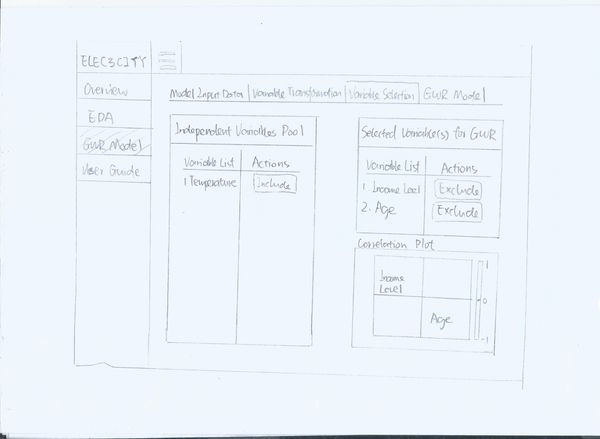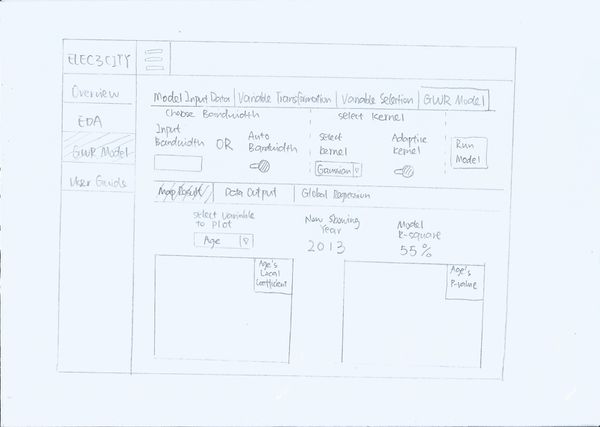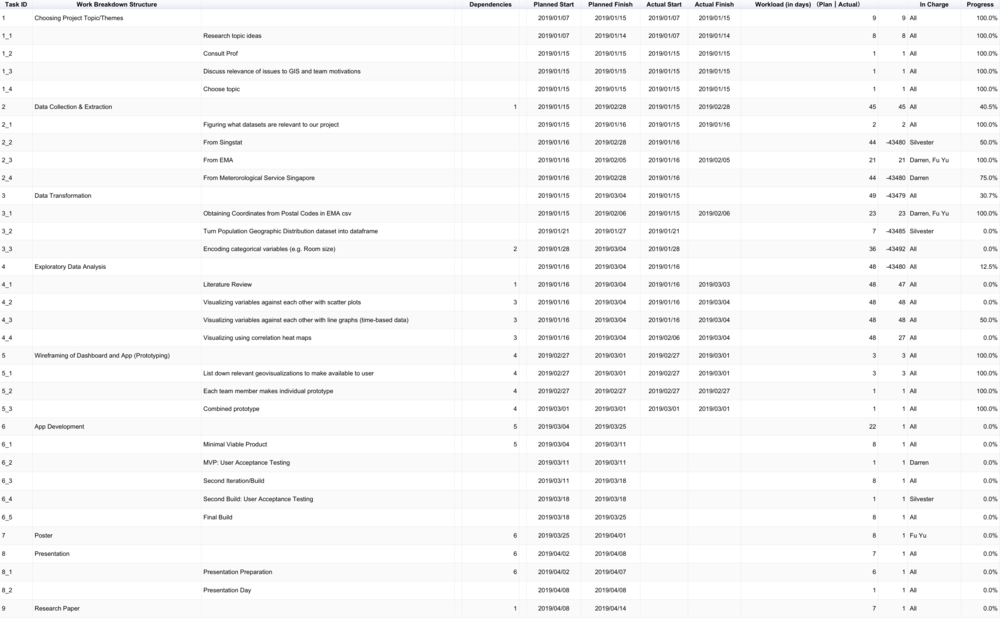Difference between revisions of "Group06 Elec3city Proposal"
Yu.fu.2015 (talk | contribs) |
Yu.fu.2015 (talk | contribs) |
||
| Line 5: | Line 5: | ||
| style="font-family:Open Sans, Arial, sans-serif; font-size:15px; text-align: center; border-top:solid #ffffff; border-bottom:solid #7A9FC4" width="210px" | | | style="font-family:Open Sans, Arial, sans-serif; font-size:15px; text-align: center; border-top:solid #ffffff; border-bottom:solid #7A9FC4" width="210px" | | ||
| − | [[ | + | [[Group06_Elec3city_Proposal|<font color="#3c3c3c"><strong>PROPOSAL</strong></font>]] |
| style="font-family:Open Sans, Arial, sans-serif; font-size:15px; text-align: center; border-top:solid #ffffff; border-bottom:solid #f5f5f5" width="210px" | | | style="font-family:Open Sans, Arial, sans-serif; font-size:15px; text-align: center; border-top:solid #ffffff; border-bottom:solid #f5f5f5" width="210px" | | ||
Revision as of 17:47, 14 April 2019
Contents
Project Motivation
When it comes to the government’s push for efficient energy usage, most effort is expended on the efficiency of energy sources – e.g. using less carbon-intensive fuels (https://www.nea.gov.sg/our-services/climate-change-energy-efficiency/energy-efficiency/energy-efficient-singapore). However, hitherto, there has been scant statistical analysis on possible causes of inexpedient energy usage by households, with consideration of their varied age structure and the geospatial variation of environmental conditions (e.g. temperature’s effect on energy consumption).
Our team sees geospatial analytical tools (such as R) as thus far largely unexploited in exploring the origins of geospatial variation in energy consumption and is thus using spatial interpolation techniques (such as kriging) to provide an app which allows for authorities in Singapore such as the National Environment Agency to understand with data-driven evidence the origins of variation in Singapore household energy consumption so as to have more targeted efforts to reduce energy wastage.
Project Objective
Deliver a dynamic (interactive) application that provides authorities such as the National Environment Agency and Housing Development Board with the ability to:
- View monthly and yearly temperature geospatial variation in Singapore, and compare that to energy consumption at building level granularity
- View housing composition (e.g. age, income and race) geospatial variation, and compare that to energy consumption at a building level granularity
so as to make data-informed, targeted decisions to promote reduction of energy usage among varying types of households in Singapore, where hitherto there has been a blanket approach.
Data
Literature Review
In our due diligence for the project, the team looked at multiple research papers to inform and influence us in the best practices for analyzing geospatial variation in energy use, when it is to be compared against variables such as temperature and housing composition.
1. Appropriate use of Interpolation Methods in GIS - Mitas, L. and Mitasova, H. Spatial Interpolation, Chap. 34 Spatial Interpolation (2005)Aim of literature: to enlighten reader of the appropriate interpolation method for different GIS themes.
Methodology:
1. Inverse Distance Weighted Interpolation (IDW) - rejected
2. Kriging - rejected
3. Regularised spline with tension (RST) - adopted
Learning Points:
1. Inverse Distance Weighted Interpolation (IDW)
- Con: Poor at "reproducing the local shape implied by data"
- Con: "produces local extrema at the data points"
2. Kriging
- Con: While good at predicting spatial distribution of uncertainty, it is less successful for applications where local geometry and smoothness are the key issues - Critical weakness for our interpolation of temperature data where granularity is at housing block level, thus Kriging is rejected.
3. Regularised spline with tension (RST)
- Pro: Allows for smoothing according to parameters such as the tension φ and smoothing weights {wj} which are empirically informed through minimisation of the predictive error estimated by a cross-validation procedure
- Pro: Can realistically represent rough gradients in spite of the smoothness condition, if the roughness is sufficiently described by the input data - might be true of temperature when it comes to the Urban Heat Island effect - pockets of high building density can cause a micro-climate of higher temperatures; particularly pertinent in Singapore.
Areas for improvement:
Our team has selected RST as the interpolation technique for smoothing of temperature data of the 22 weather stations across Singapore.
Aim of literature: investigate poverty and inequities that are associated with vegetation
Methodology:
1. Pixel level regression - Curve Fit extension in ArcGIS
- Run regression trend analysis using raster datasets for temporal analysis
2. Global Ordinary Least Squares (OLS) regression
- Capture global geospatial correlation
3. Local Geographically Weighted Regression (GWR)
- Capture local geospatial correlation
4. Moran's I for spatial autocorrelation
- For local level analysis of spatial autocorrelation
5. Local Indicators of Spatial Association (LISA) map - Contiguity Edges and Corners method
- Queen contiguity to show clustering
Learning Points:
1. Pixel level regression - Curve Fit extension in ArcGIS
- Helps us see the degree of model prediction for energy consumption given our variables
2. Global Ordinary Least Squares (OLS) regression
- Investigate if the distributions of these random variables all have the same variance and a mean of zero. If so, then the least squares method may be the best unbiased linear estimator of the model coefficient.
- If residuals are spatially correlated, OLS results are biased. GWR models would then be used to remove the spatial autocorrelation of residuals.
3. Local Geographically Weighted Regression (GWR)
- Provides local t-values with which to find level of confidence in our local model
4. Moran's I for spatial autocorrelation
- We can use this to ascertain if local level analysis is indeed appropriate to understand the relationship between income level and energy consumption, after accounting for other factors like number of household members and number of rooms.
5. Local Indicators of Spatial Association (LISA) map - Contiguity Edges and Corners method
- Shows us clustering of energy consumption at local level
Areas for improvement:
1. Pixel level regression - Curve Fit extension in ArcGIS
- No ArcGIS - so we use curveFit function provided in mixtox v1.3 package by Xiangwei Zhu
Aim of literature: reduce traditional energy usage and promoting sustainable energy production through geographically segmented marketing
Methodology:
1. Creation of a REEI (Relative Energy Efficiency Index)
- Done by dividing the zonal average consumption growth rate by the consumption change rate for each block group.
2. Global Moran’s I
- Determine if spatial autocorrelation is taking place
3. Local Moran's I
- See where clustering is taking place
Learning Points:
1. REEI (Relative Energy Efficiency Index)
- Team can look into calculating such an index for each HDB parcel
Areas for improvement:
1. The temperature data used was too simple - only two zones of temperature.
- Our team will use the previously learnt RST interpolation method to create a model for temperature geospatial variation, that also allows for temporal analysis.
Approach
Techniques:
Web Application Design
Design Inspiration
The dashboard design is inspired by https://stanleyadion.shinyapps.io/AmazeingCrop
Initial Storyboard
Project Challenges
| Key Challenges | Description | Solution | |
|---|---|---|---|
| 1. | Temperature Data Collection | We can only download the temperature data from Meteorological Service Singapore for one station and one month each time. There are more than 60 stations and 4 years of data to be downloaded for this project, which can be very time consuming. |
|
| 2. | Imperfect Temperature Data | Temperature information is only collected at the designated temperature stations. |
|
Project Timeline
Gantt Chart of Team's Timeline - FULL Updated Version
Snapshot of Gantt Chart (as of 3 March 2019)
|
No. |
Name |
Date |
Comments |
|
1. |
Insert your Name here |
Insert Date here |
Insert Comment here |
|
2. |
Insert your Name here |
Insert Date here |
Insert Comment here |
|
3. |
Insert your Name here |
Insert Date here |
Insert Comment here |
